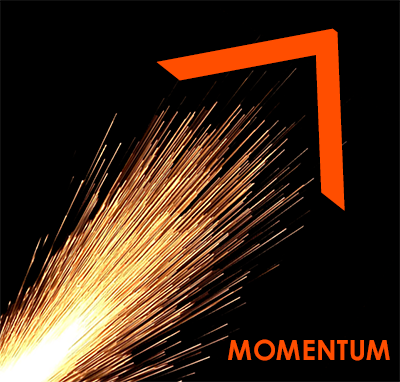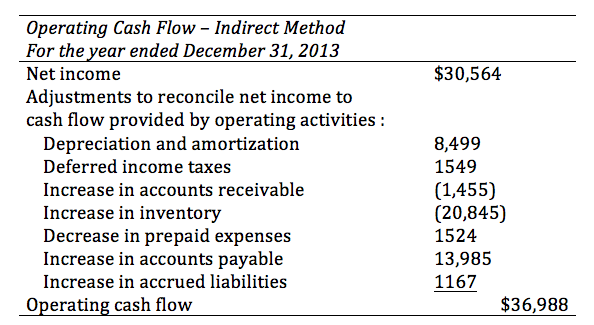What is Kaizen Continuous Improvement?
mobil tətbiqi mostbet Azerbayсan android, ios 202
July 29, 2022Alle Aktuell Boni Und Promo Code
July 29, 2022Contents:
The kaizen philosophy has been successfully implemented in various industries, including lean manufacturing, to reduce waste and increase efficiency. This is achieved through a continuous improvement process that involves everyone in the organization. The kaizen process encourages employees to identify areas for improvement and come up with practical solutions that can be quickly implemented. In this article, we will discuss the five key elements of Kaizen and their importance in creating a culture of continuous improvement within organizations.

This is usually a team workshop held over two to five days in which goals are set for quite a substantial issue that requires improvement. At its core is the idea of brainstorming amongst all the team with a view to finding weaknesses, https://1investing.in/ receiving suggestions on how to solve them, and developing the best approach to implementing the new ideas. Gemba is a Japanese term referring to the actual place where the value is created or where work is performed.
What are the key elements of Kaizen?
As the team works on the problem, they gather data and analyze the results of their efforts. They also involve other employees in the process, seeking their input and feedback. You bring your idea to your supervisor, who is responsible for driving kaizen efforts in your department.
Since SMEs tend to have a closer relationship with their workers than large production companies, they find it easier to implement Kaizen. The final S focuses on ensuring that the organization experiences continuous improvement. Sustain, or Shitsuke, ensures that personal discipline is maintained around existing processes and vital knowledge is protected.

In Agile Archives we talk a lot about methodologies, techniques and their practical application in the world of project management. With Kaizen we’ll need to start by getting a bit more spiritual and philosophical. So far, we’ve only discussed implementing the tenets of Kaizen as a daily practice. However, Kaizen can still be applied to larger projects with a Kaizen event . The Kaizen toolbox is filled with improvement tools, but these tools are futile without a strong cultural shift. Warehouse ManagementProper warehouse management can dramatically improve both efficiency and safety.
What is the Kaizen methodology and its goals?
Kanban is an inventory control system used in conjunction with a JIT strategy. It provides employees with visual cues that tell them it is time to order parts and materials as they run out. The idea is that everyone has a stake in the company’s success and everyone should strive, at all times, to help make the business model better. Kaizen translates to change for the better or continuous improvement. It looks at every aspect of kaizen, from its implementation in organizations to its application in daily life. This is also useful when changes cannot be done immediately – for example, immediately implementing any changes may create waste, as this would go against the fundamentals of Kaizen.

Indeed, this requires making “leaps” forward from time to time and reactivity that is incompatible with the time constraints of continuous improvement. Philosophy is more people-oriented, more easy to implement, requires long-term discipline. BPR on the other hand is harder, technology-oriented, enables radical change but requires major change management skills. Although it is difficult to give what are the 5 elements of kaizen generic advice it is clear that it fits well in incremental change situations that require long-term change and in collective cultures. More individual cultures that are more focused on short-term success are often more conducive to concepts such as Business Process Reengineering. Initially, one needs to question the current practices within a business by reflecting on what is done now.
Value stream mapping and Kaizen
Pick a winning solution or solutions from the ideas presented. Seek the involvement of employees, including soliciting their help in identifying issues and problems. Often, this is organized as specific groups of individuals charged with gathering and relaying information from a wider group of employees. You can begin your Kaizen journey with these principles to get the desired result from implementing the Kaizen method. Different industries implement the Kaizen method to boost productivity and help the company do better. The first S, which stands for Sort, or Seiri, emphasizes the strong desire to eliminate any unnecessary object or entity clustering the work environment.
To improve its production system, Toyota encourages and empowers all employees to identify areas of potential improvement and create viable solutions. Value stream mapping is a Lean manufacturing tool that helps identify and eliminate waste in a manufacturing process. It creates a visual representation of the flow of materials and information as a product or service moves through the production process, from raw materials to the finished product. Kaizen and ProjectManager.com are a match made in project management heaven.
This means that all employees should strive to increase their confidence and enthusiasm. To help encourage this, senior employees should offer motivational tools. For instance, pleasant working conditions, incentives and rewards, and competitive salary and benefits. Pixar applied the continuous improvement model to reduce the risks of expensive movie failure by using quality control checks and iterative processes. Every employee in the business has to buy into the Kaizen method for it to be successful.
However, an innovative company can still use the Kaizen approach to review internal administrative procedures, routine projects. They can even integrate it into the management of an innovative project by combining several methods, depending on the tasks, flexibility and reactivity they require. The approach, therefore, requires a corporate culture adapted to this philosophy, and sometimes even guidance to change.
- The emphasis on respecting every team member’s viewpoints and having a clear understanding of all elements of the factory floor generates goodwill.
- The ability to integrate, knowledge, skills, and self-practice, in addition to knowing when a situation requires the involvement of other workers is vital to a successful agency.
- When processes work better, customers are happier, and your business is more successful.
- Management can support Kaizen in their organization by performing a Gemba walk to identify areas of improvement, evaluate standardization, and talk with employees.
- This improves efficiency since people working in the area know quickly where they need to go or what steps they must take without relying on human memory or guesswork.
They can use this approach to help learn a foreign language without putting pressure on themselves, quit smoking little by little and even overcome their shyness. There is an area for improvement in everyone’s life, no matter how successful they are. Show respect to workers creating value for the organization, they’re the experts in the process. Go to the Gemba to see not only how processes operate, but how they fit in with the broader purpose of the organization.
What is the principle of kaizen?
This analysis helps to determine the root cause of a problem. It can serve as an effective technique in formulating solutions that prevent the recurrence of the identified problem. One of the biggest challenges that have affected continuous improvement is assuming new ideas or ways of doing things will fail and holding on to old practices and methods of carrying out work. Employees naturally get acquainted with the best possible ways to improve how the job is done.
Gemba walks are a powerful tool to help managers meet the Kaizen objective of humanizing the workplace and respecting the people. It works to break down barriers while encouraging workers to feel comfortable sharing improvement suggestions. At the heart of Kaizen is the philosophy of continuous improvement – focusing on incremental improvements to achieve larger process improvements.
Wasting products, having an excessive inventory, and on your payroll because of inefficient work practices. Kaizen seeks to correct these shortfalls and simultaneously does not strive to alter everything in one go. Its small, immediate and incremental improvements need far less capital investment. The practical application of Kaizen within an organization is via a Kaizen Event.
Each time the standard improves, the new standard for work is set as the baseline and the improvement cycle starts all over again. Once data is gathered, it is analyzed and assessed to find areas for improvement. Team members identify and record all observed waste, by asking what the goal of the process is and whether each step or element adds value towards meeting this goal. Once waste, or non-value added activity, is identified and measured, team members then brainstorm improvement options.
